The art of kicking a shuttlecock, known as jianzi in Chinese, is a traditional sport that has been practiced for centuries across Asia. Unlike modern sports that rely heavily on equipment and structured rules, jianzi emphasizes agility, balance, and creativity. The simplicity of the game—using only a weighted shuttlecock and the feet—belies the complexity of the techniques involved. Players must master a variety of kicks, each with its own purpose and flair, to keep the shuttlecock airborne as long as possible.
At its core, jianzi is about rhythm and control. The basic kick involves striking the shuttlecock with the instep of the foot, but skilled players incorporate the toes, heels, and even the sides of their feet to keep the game dynamic. The shuttlecock’s unpredictable flight path demands quick reflexes and adaptability. Unlike soccer or badminton, where the objective is often to overpower an opponent, jianzi is more meditative, focusing on fluidity and grace. It’s not uncommon to see players in parks or courtyards moving almost dance-like as they weave the shuttlecock into their motions.
One of the most fascinating aspects of jianzi is its accessibility. Unlike many sports that require expensive gear or specialized courts, all you need is a shuttlecock and a bit of open space. This has made it a beloved pastime for people of all ages, from children playing during school breaks to elderly individuals using it as a form of low-impact exercise. The shuttlecock itself is typically made of feathers or plastic attached to a weighted base, ensuring it stays stable in the air while allowing for intricate maneuvers.
The social dimension of jianzi cannot be overlooked. In many communities, it serves as a communal activity that brings people together. Whether in urban plazas or rural villages, groups often form circles, taking turns to keep the shuttlecock aloft. Laughter and encouragement are as much a part of the game as the kicks themselves. This communal spirit has helped jianzi endure through generations, even as more modern sports have gained popularity. It’s a reminder that sometimes the simplest activities can foster the deepest connections.
Competitive jianzi, while less common than casual play, showcases the sport’s technical depth. In formal settings, players compete in events that test endurance, precision, and creativity. Some competitions involve keeping the shuttlecock airborne for as long as possible, while others judge participants on the difficulty and style of their kicks. The latter often resembles a martial arts demonstration, with competitors incorporating spins, jumps, and even acrobatics into their routines. These events highlight how jianzi transcends mere recreation, becoming an art form in its own right.
The health benefits of jianzi are another reason for its enduring appeal. The constant movement improves cardiovascular health, while the focus on balance and coordination strengthens core muscles. Unlike high-impact sports, jianzi is gentle on the joints, making it ideal for older adults or those recovering from injuries. Mental benefits are equally significant; the concentration required to track and strike the shuttlecock can be almost meditative, providing a respite from the stresses of daily life. It’s no wonder that many practitioners describe jianzi as a holistic exercise for both body and mind.
Despite its deep roots in tradition, jianzi continues to evolve. Younger generations are experimenting with new kicks and incorporating elements from other sports, such as freestyle soccer or breakdancing. Social media has played a role in this innovation, with videos of jaw-dropping jianzi tricks going viral and inspiring others to push the boundaries of what’s possible. Yet, even as the sport modernizes, its essence remains unchanged—a celebration of movement, community, and the sheer joy of keeping a feather aloft with nothing but your feet.
In a world increasingly dominated by screens and sedentary lifestyles, jianqi offers a refreshing alternative. It’s a sport that requires no technology, no expensive memberships, and no rigid rules—just a willingness to move and connect with others. Whether you’re a seasoned player or a curious beginner, the shuttlecock’s gentle arc through the air is an invitation to participate in something timeless. And who knows? With enough practice, you might just find yourself lost in the rhythm, one kick at a time.
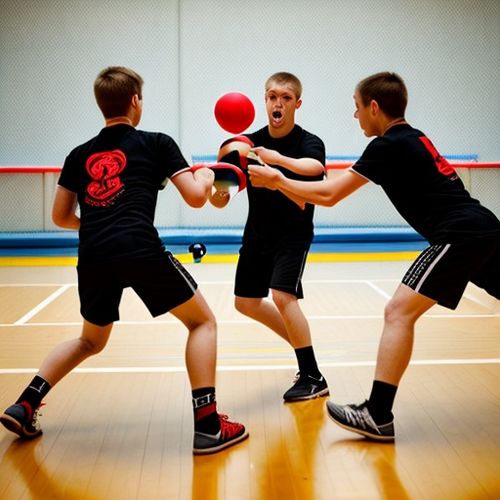
By Christopher Harris/May 8, 2025
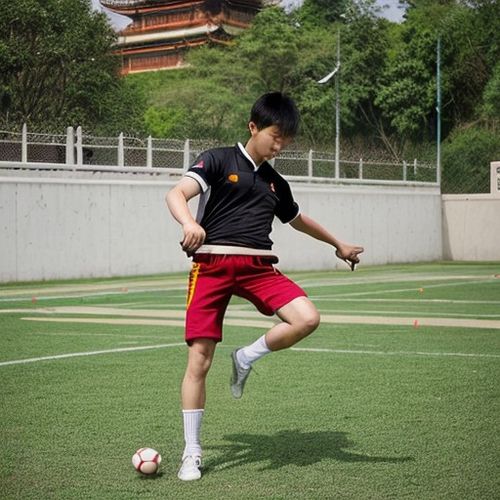
By Laura Wilson/May 8, 2025
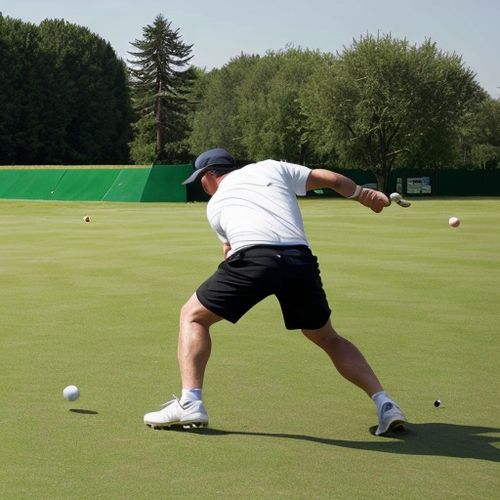
By Amanda Phillips/May 8, 2025
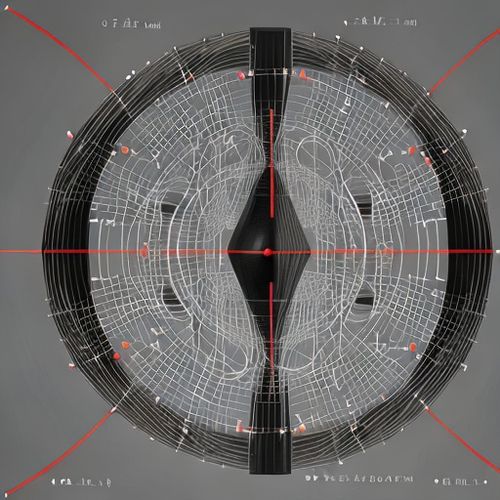
By William Miller/May 8, 2025
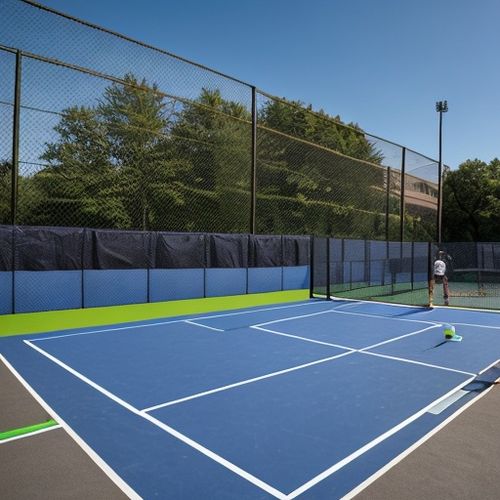
By Noah Bell/May 8, 2025
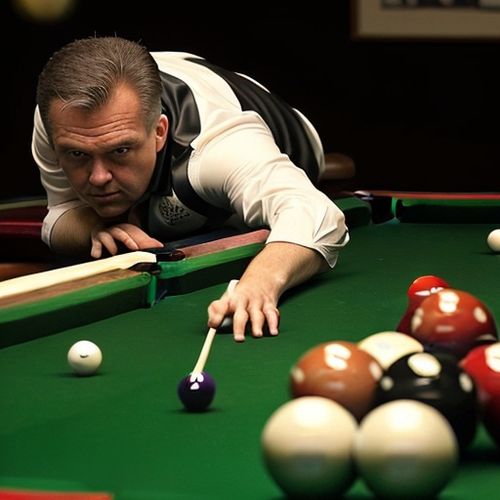
By Elizabeth Taylor/May 8, 2025
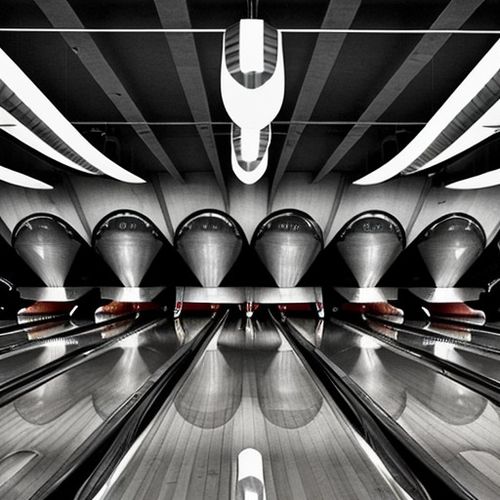
By Joshua Howard/May 8, 2025
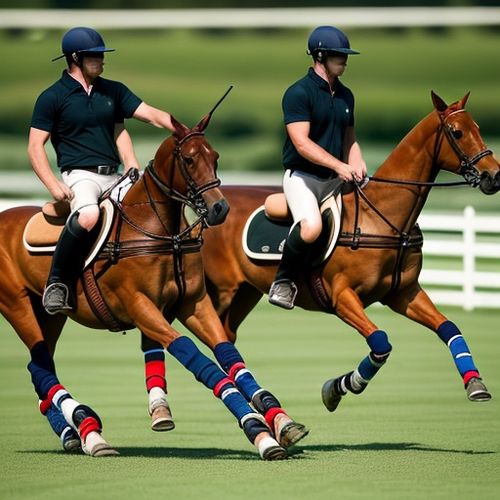
By Ryan Martin/May 8, 2025

By George Bailey/May 8, 2025

By Natalie Campbell/May 8, 2025
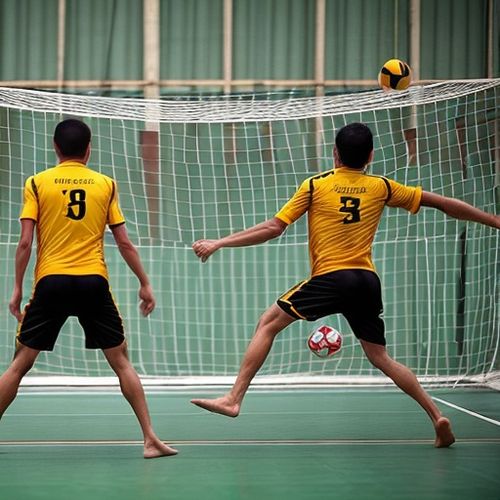
By Joshua Howard/May 8, 2025
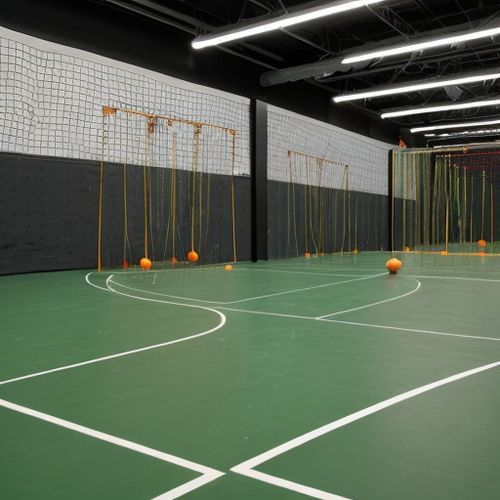
By Elizabeth Taylor/May 8, 2025

By Samuel Cooper/May 8, 2025
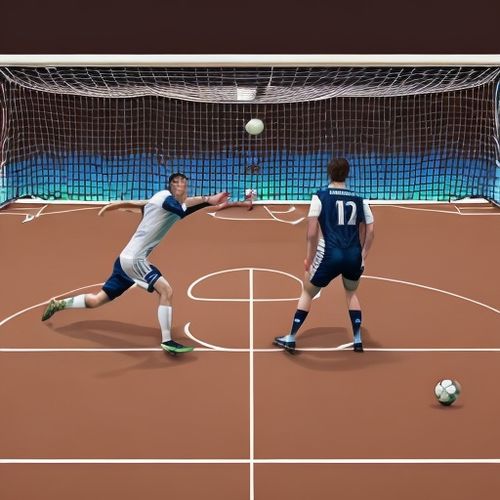
By Joshua Howard/May 8, 2025

By Grace Cox/May 8, 2025

By Christopher Harris/May 8, 2025

By Samuel Cooper/May 8, 2025

By Sophia Lewis/May 8, 2025
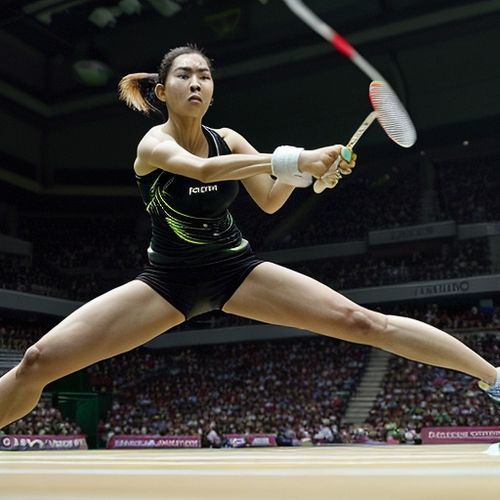
By Eric Ward/May 8, 2025
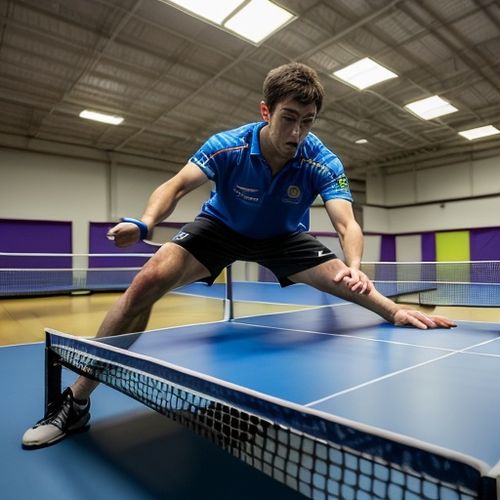
By Sarah Davis/May 8, 2025